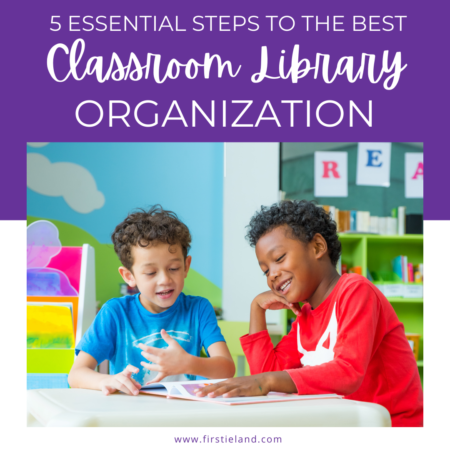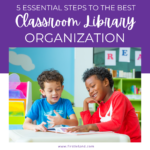
Classroom library organization and management can be simple when you put a few systems into place. Let's take a deep dive into how to effectively set up your classroom library.
What is the purpose of a classroom library?
Every elementary schoolroom needs a classroom library. For many kindergarten and first grade teachers, this is one of the focal points of their classroom. Your library will serve many purposes. This the place where your books will be stored and where students will gather to read. They'll learn about different genres of literature and come to love favorite authors as they sit in a comfy chair to read. Your classroom library will help students grow to love books and reading.
How do you create a classroom library?
The most important part of your library will be the books that you choose for this space in your room. You'll want a variety of genres, authors and levels so that all children can find a book that interests them when they sit and read quietly. You'll also need furniture for this space. One or two low shelving units will be necessary along with bins to organize your books. Finally, add a carpet, rug, lamp or soft chair to create a cozy atmosphere that invites reading. Let's break it down into some simple steps to help you create the classroom library of your dreams.
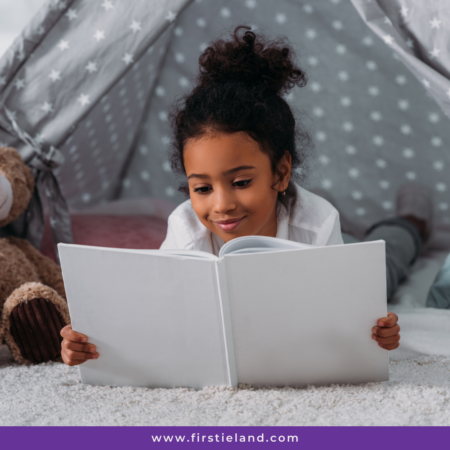
1. Gather your books
The first thing you'll need to do is begin to collect a variety of books for your classroom library and to use when reading aloud to your students. As we all know, books can be expensive but there are a few ways you can begin to fill your library on a budget.
Scholastic Books
Scholastic books is a great place to start. Send home the monthly Scholastic Book Club flyer with your students. Parents can purchase books for their home library and when they do that, teachers can earn bonus points. These bonus points can be used to get free books and other materials for your classroom.
Garage Sales and Thrift Stores
Garage sales and thrift stores are another great place to buy bargain books for a fraction of the original cost. Summer is a great time to get out and hunt for these bargains. You can often find great books for your library for only .25 each!
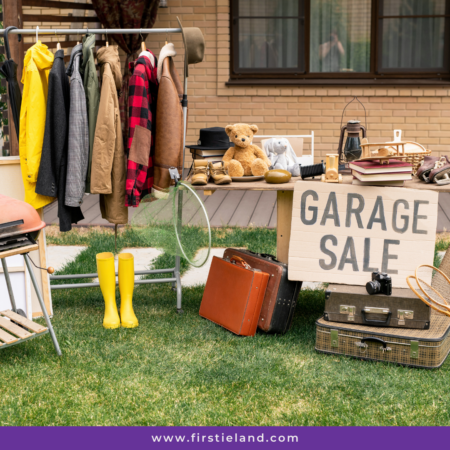
Donations
Don't underestimate the power of asking for donations. Send a letter home to parents or even make a Facebook post. Often times, people have children's books laying around that are no longer being used after kids grow up. They would love to donate them to your classroom and know that they're being put to good use!
Donors Choose
Another great idea is to create a Donor's Choose project. DonorsChoose.org empowers public school teachers from across the country to request much-needed materials for their students. Teachers can create a classroom project request and people from all over the world can donate to help fund your request. It's totally free for teachers and a great way to get books and other materials for your classroom.
School and Public Library
Finally, you have the option of borrowing books from your school or local public library. You can usually borrow up to 10-20 books at a time and these books can stay in a special basket in your own classroom library for children to enjoy. Simply check out the books, enjoy them for a while in your classroom, and return them on time to your local library.
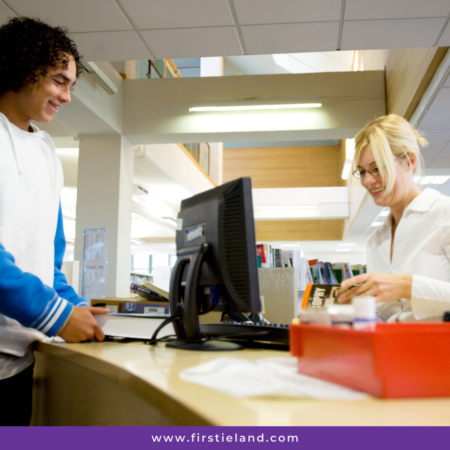
2. Classroom Library Organization
The next step is organizing your classroom library. But what makes a good library? Here are a few ideas to consider when getting your classroom library organized:
Furniture
Begin by looking around your home or classroom to see what furniture you already have that you can use in your classroom library. One or two low shelving units will be necessary to store your books. Adding a small rug, a bean bag chair or small cozy couch, and a lamp for soft lighting will help give your library a cozy feel.
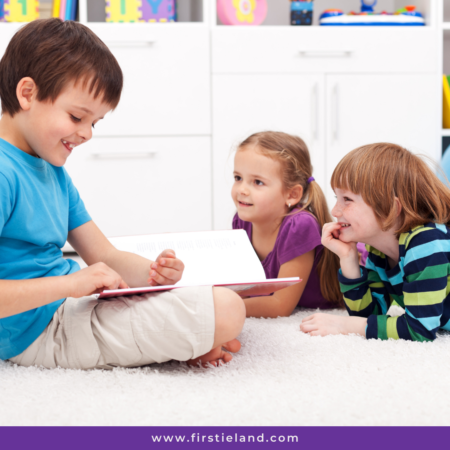
Separate and Label Your Books
The next step is to separate your books into different categories. There are several ways to do this: genre, favorite authors, holiday, seasonal, leveled and non-fiction are a few choices. You can choose all of these or just a few. Once you have your books separated into piles, its a good idea to label your books and designate which category they'll go into. Many teachers like to use these free classroom library labels on the front or back corner of each book in their library. This gives students a simple visual clue to show where each book belongs in your library.
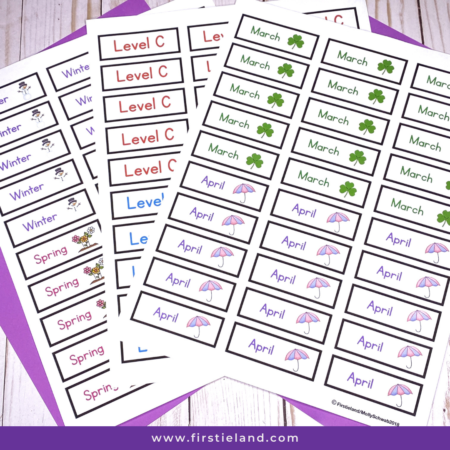
Library Bins
Once you have your books separated into categories and labeled, it's time to put them into book bins. You can find inexpensive, colorful plastic boxes at your local dollar store that are perfect to use in your classroom library. Choose a bin that is big enough to hold larger size books so that all your books will fit.
Many teachers like to color coordinate their library bins with their classroom colors or theme. This gives a creative and neat look to your classroom. Add coordinating labels to the front of each book bin that matches the labels on your books. This helps with classroom library organization as students can simply return books to their matching bin.
3. Create Your Library Rules
One of the first areas you'll want to open at the beginning of the year will be your classroom library. But in order to do that, you need to establish some ground rules. The last thing you'll want are your books destroyed or so mixed up that you can't find anything!
Some library rules to consider are:
- Only take one book at a time from a book bin.
- Keep all the books facing forward in the bin.
- All books should be returned to the same bin your took it from .
- Handle books with care.
- If you find a damaged book, put it in the Book Hospital.
You can make a Book Hospital in a special basket that is devoted to damaged books. This will eliminate students interrupting you and showing you each time they find a book with a rip or a tear. Students can simply put damaged books in the Book Hospital. Once a week, have a designated student bring all the damaged books to your desk where you can repair them and put them back into circulation.
4. Classroom Library Checkout System
Finally the last step is to create some kind of checkout system for your classroom library. Teachers want students to have books to read during quiet reading time, for homework or during learning center time. You'll need to create some kind of classroom library checkout system so that your books will stay clean, neat and be returned in the correct manner.
One way of doing this is by putting a library pocket in the back of each book. Simply write the name of the book on an index card and put the card in the pocket. When students want to check out a book they can take the card out of the pocket and write their name on the card and place it in a basket.
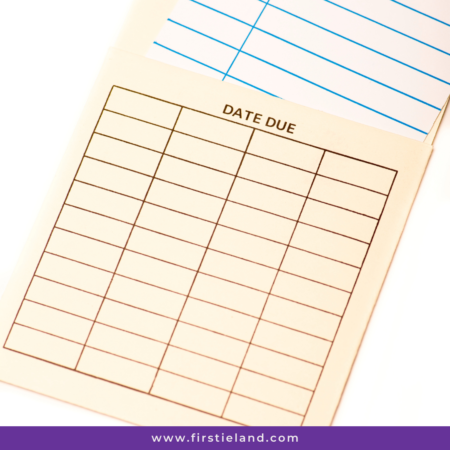
Another way to use these pockets is to create a bulletin board where each child has their own library pocket hanging on the board. When they want to check out a book, they simply take the card out of the book and place it in their own pocket on the bulletin board. It's a simple system and makes it easy to see who has which book with a glance at the bulletin board.
5. Encourage students to use your classroom library
Now that your library is set up and ready to go, make sure your students are interested and excited to use this special area of your classroom.
Make It Inviting
Make your classroom library a cozy place where students will want to visit. Add some comfy chairs, bean bags or a small couch where students can cozy up with a book. Have a basket of beanie babies or small stuffed animals that students can read to during a quiet moment. Add some soft lighting or twinkle lights to give a charming feel to your library.
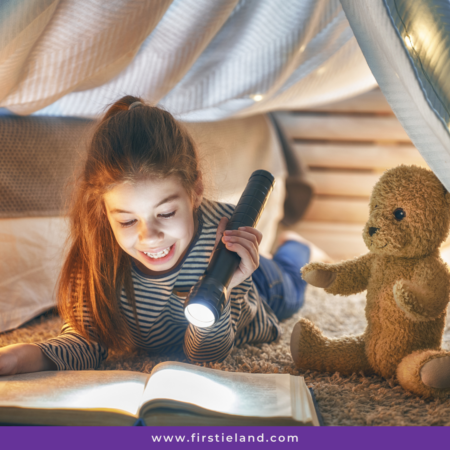
Rotate Your Books
Some of the books in your library will stay there all year, such as your leveled books. But others can be rotated in and out of your library to add interest. Bring your holiday books out at the beginning of each month. Put them in a special box to make it interesting. In October, I put my Halloween books in a cauldron and add some witches fingers as pointers. The students love that!
Another idea is to have an author showcase. Each month you can showcase a different author. Maybe have a special bulletin board with the author's picture and some of his/her books. You could even read a book to the class each day to spark interest in this author.
Add Fun Props
Another way to keep your classroom library fresh and inviting is to add fun props to your library. Cute pointers and crazy glasses or hats are a fun addition to any library and make the students want to spend time there!
Want to learn more about other learning center areas that you can have in your room? Head over here to read about some simple steps to setting up your classroom learning centers.
Save these ideas and pin for later!
